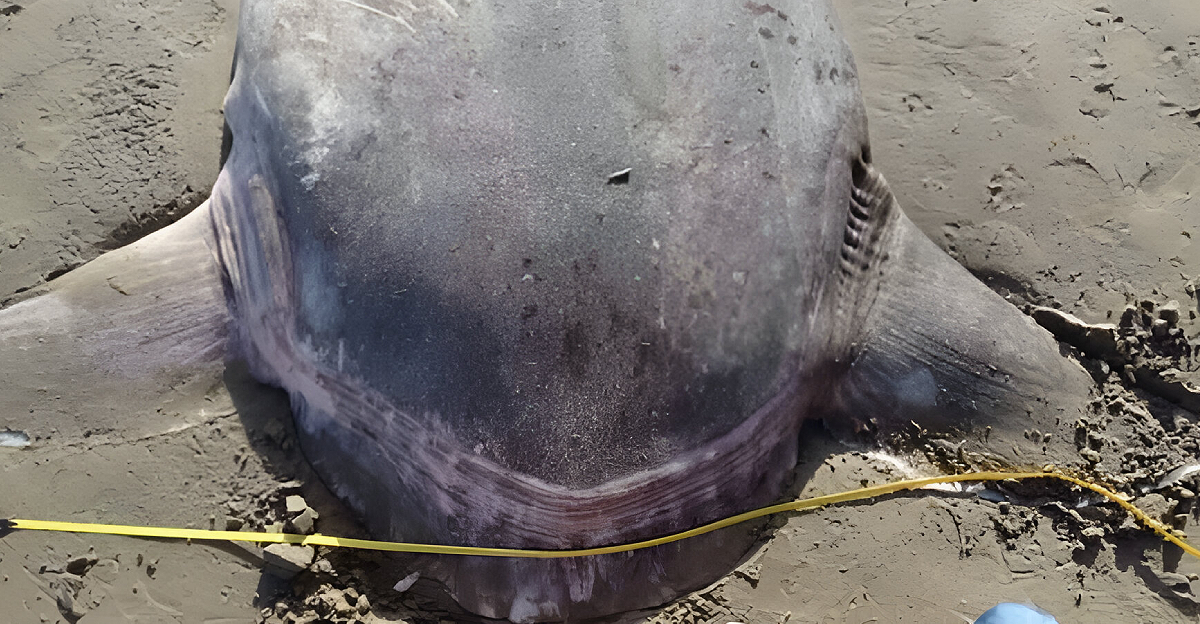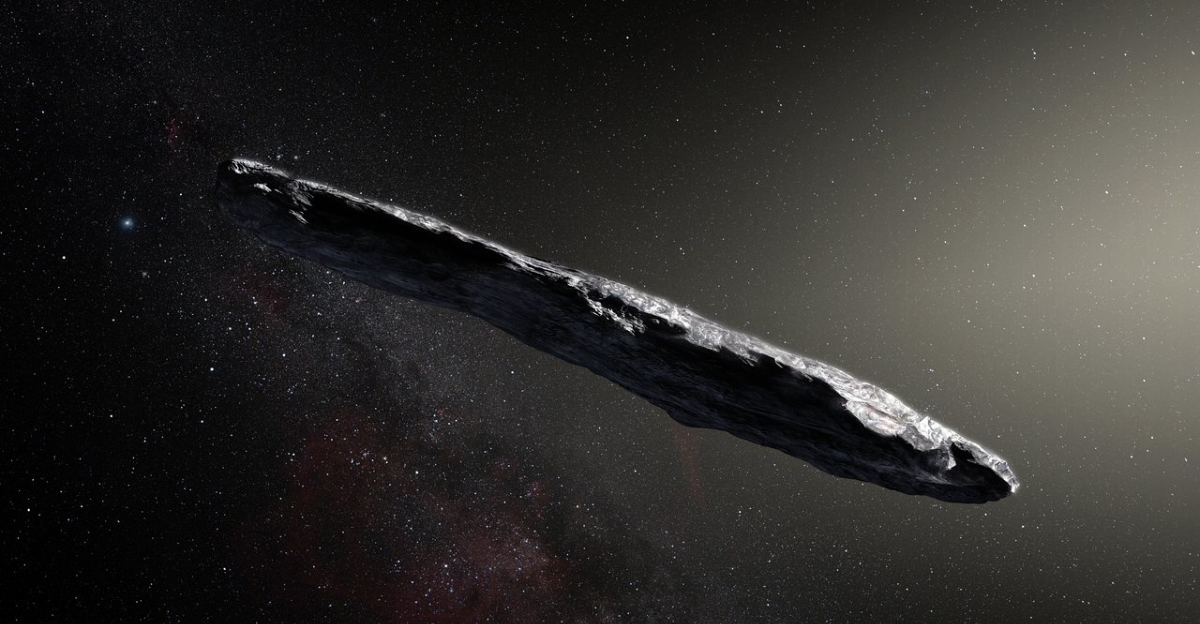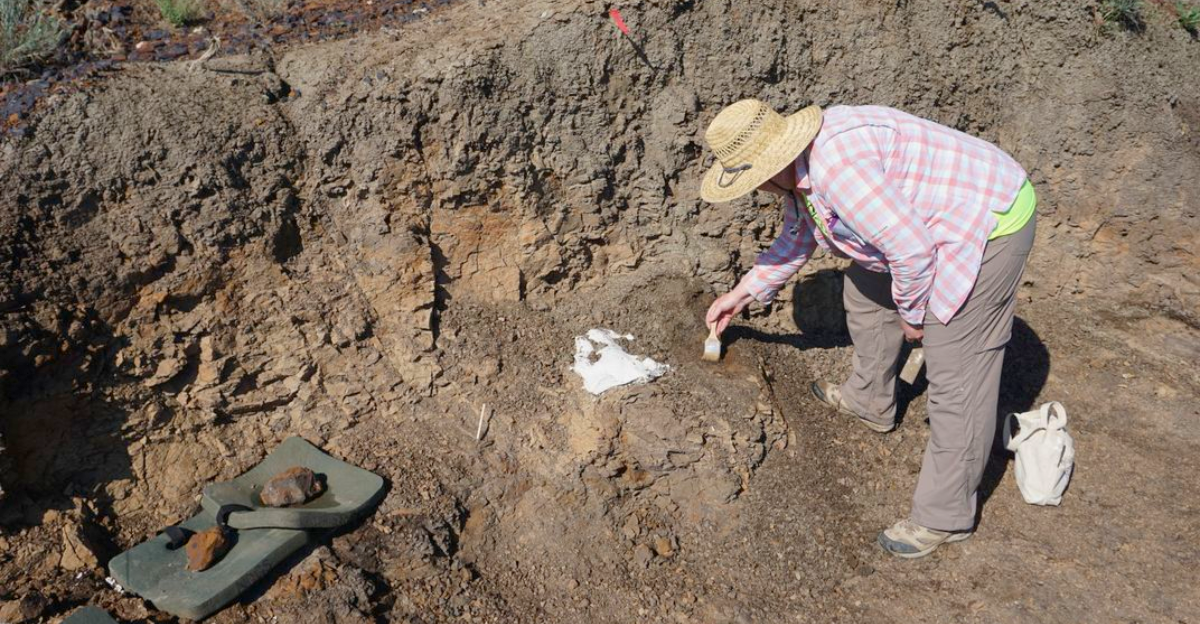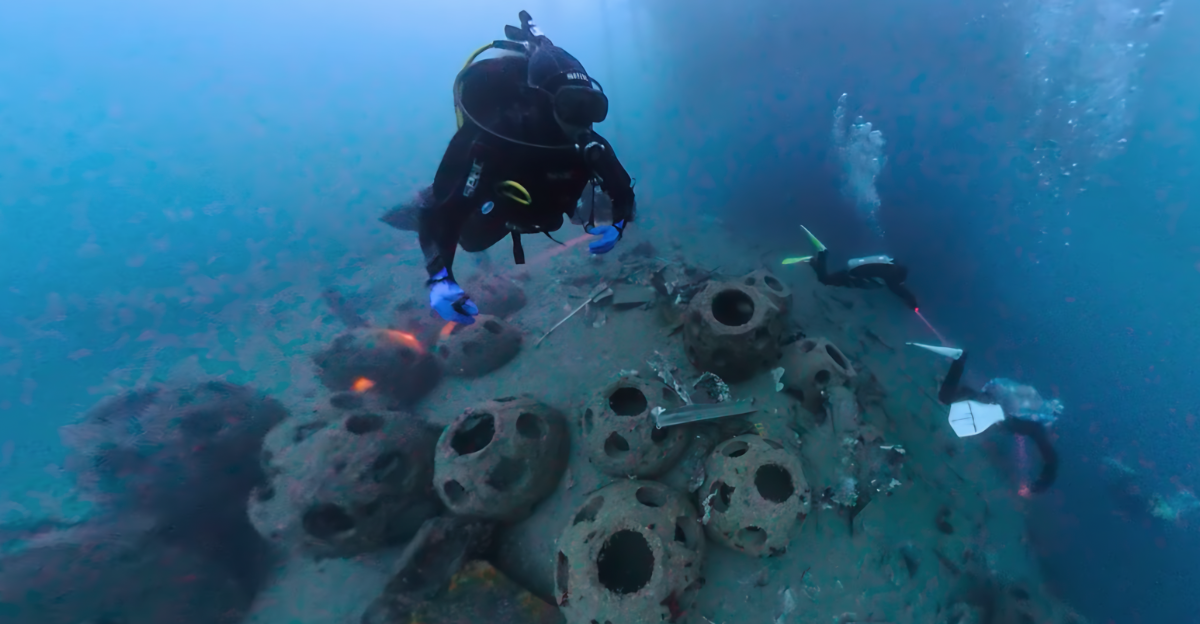
Near Pompano Beach, in the shallow water, a big, dark ray with a diamond shape appeared. With a long, thin tail and fins stretched out about 8ft, the lifeguards measured it to be about 7ft long, twice the size of a usual young ray.
Biologists have confirmed that it was a marine vertebrate (animals with backbones that live in the ocean) and not seaweed.
Florida doesn’t often see manta rays this big so close to the shore, so naturally, many people were amazed to see it stay so calm and unfazed, even with toddlers splashing around and paddleboards going overhead.
The Slow Life of Ocean Giants

Scientists have confirmed that manta rays don’t have many babies. A female only bears one pup every 2-3 years, and they only reach maturity near the age of ten, making them one of the ocean’s slowest reproducing fish.
While NOAA records show that 27 rays have been hurt by boat accidents near Florida since 2020, they face another problem: parts of their bodies, especially gill plates, are worth up to $500 per kilogram in some parts of Asia, which in turn keeps illegal trade alive even though there are existing CITES controls.
Finding even one dead young manta ray has a bigger impact than you might think because it adds a lot of pressure to an already endangered population.
The Hunt for a Hidden Species

The thought of a third manta ray species started in 2009 when Marine Megafauna Foundation co-founder Dr Andrea Marshall photographed an oddly speckled ray off Mexico.
Over 15 years, many people helped collect 5,000 photos from divers, checked old ray skins in museums, and used drone videos.
They noticed features like star-shaped bumps on the skin, a V-shaped mark, and lots of tiny teeth, different from known types.
But no single ray had all these traits. Would they ever find one that matched everything?
From a Sighting to Science

By 2024, scientists had digitized decades of sightings of rays from Florida to Brazil.
By measuring body shapes, such as the cranium, pectoral fins, and DNA, they saw that this new type was different enough to be its own species.
Still, they needed a fresh specimen to make it official. When the 7-foot ray turned up on Florida’s shores, scientists air-freighted frozen gill tissue to a São Paulo lab within hours to finish the tests before it spoiled.
A Name for This Newcomer

On 23 July 2025, Environmental Biology of Fishes formally named Mobula yarae, the Atlantic manta ray. The primary specimen catalogued as USNM 443866 was 2.1m long, 2.4m wide, and collected on the Pompano Beach shore.
Co-author Dr. Marshall called the find “evolution in action.” They named it after Yara, a Brazilian water spirit. Peer-review confirmation brings M. yarae up to full species rank, rewriting field guides and setting in place automatic ICZN protection protocols.
Now, this amazing discovery also raises urgent questions about conservation gaps.
Safe Haven or Conflict Zone?

According to the Florida Manta Project, Florida’s coast might be the only “urban” home for young manta rays in the world. Since 2016, drones have spotted young rays near busy beaches and condos.
Almost half the tagged rays return yearly, showing they like this spot, but about 33% of these pups have fishing scars. Research suggests that the Pompano holotype was washed into the tide area, which explains why its skin was still clean.
If the nursery habitat overlaps the swimming zones, will they be able to develop plans to balance tourism with megafauna?
When Science and Social Media Come Together

Public concerns grew after a tour guide filmed a huge manta being taken out of the water near Panama City on 12 July 2025 to be moved to SeaWorld Abu Dhabi.
The video showed the ray struggling, and it went viral online within 48 hours. “That animal was in pain,” Richard told WPLG. Over the past two years, four of these special permits have been granted in Florida; one brought a ray that didn’t survive.
Some environmentalists now push to stop live captures, using Mobula yarae’s discovery to help their case. Others still argue aquariums can increase public awareness and support for conservation.
Realigning the Laws for Rays

Regulators are already responding, and NOAA is drafting plans to set seasonal rules, such as 10-knot speed limits and new safety gear for fishing nets.
While 50 international governments back a CITES proposal to make the selling of manta ray parts completely illegal, the Manta Trust says, “Stronger action is urgently needed.”
With an international meeting coming up in November, the discovery of the Mobula Yarae should give them more reason to implement stricter protections.
Ocean Discoveries on the Rise

Finding Mobula yarae comes during a big year for discovering ocean life.
Ocean Census teams found 866 new marine species this year, but scientists think 90% of marine animals have yet to be described.
While this is excellent news, there are still some problems. For example, 24% of the ray species are at high risk of dying out soon, but hopefully, the new species discovery will spark some funding and research for endangered species.
Fighting Illegal Trade

There’s also a move to ban trading manta ray parts worldwide, as evidence from Ecuador shows that this trade has wiped out most rays in some places.
If a new law passes, selling ray parts across borders will be illegal, meaning there will be fewer reasons for unlawful fishing.
Conservationists think this could temporarily raise black-market prices in the short term, while long-term demand may crater, as happened after the 2019 totoaba crackdown.
The Manta Ray vs. the Fishing Rod

Florida fishing guides rely on manta rays as their mobile fish-finders because they often see cobia (a popular game fish) swimming under the rays.
Many anglers then cast their lines close by. A recent survey found that 86% of captains admitted to accidentally snagging rays, and 73% have noticed that cobia numbers are dropping.
One captain joked that boats gather around like a parking lot when a manta appears. Experts now recommend using hooks without barbs and keeping 50 meters away from rays. Some guides are worried that the new rules will hurt their businesses.
“We can fish responsibly,” insists guide Mike Briggs, “just don’t ban us outright.” Now, officials must balance conservation with people’s income.
Can We Save the Rays?

The U.S. ocean agency NOAA released a recovery plan for giant manta rays on 15 October 2024. Their goal is to stop most human-caused deaths and help the ray population grow enough to be considered safe within 30 years.
Actions include having observers on shrimp fishing boats, putting up debris barriers at construction sites near water, and using technology to track where young rays live.
The plan could cost $182 million. Some in the fishing industry say this is too expensive, but Congress still has to decide if it will fund the program, and the public can give feedback until 31 August 2025.
The Journey of a Manta

Scientists have tagged five juvenile mantas in South Florida. These tags revealed that they travel about 30km a day and can dive as deep as 200m at night.
There is one manta named Leo that travelled 400km north during a hurricane, but he returned quickly. They also like to swim underneath cruise ships, which can be dangerous considering the propellers.
This tracking data helps warn port officials; it may lead to better alerting systems in the future.
Conservation or Captivity?

Aquariums, like SeaWorld Abu Dhabi, say displaying mantas helps raise money; for example, 2.1 million people visited in 2023, and the park claims it gave $4 million to conservation.
However, experts point out that no manta has survived more than about five years in a tank. “Keeping mantas is still experimental,” admits SeaWorld’s Dr. Farah Al-Mansoori, “but visibility breeds empathy.”
However, critics argue that the best way to care for rays is to protect their natural homes near the beaches, not put them in tanks. The debate goes on. What do you think about this?
Hope That Lies on the Horizon

How lucky is it that an entirely new species has been discovered by a young ray swimming too close to the shore and being spotted!
Now, satellite tracking, new fishing rules, and global bans could decide whether its relatives thrive or disappear. Scientists still don’t know how many of these rays exist—every new sighting changes their understanding.
Will Florida’s rare new manta inspire action, or become another lost species?






